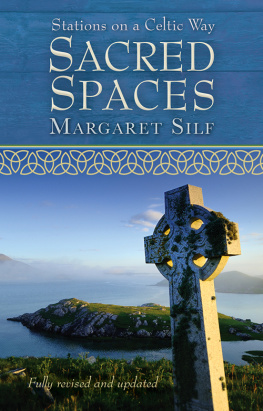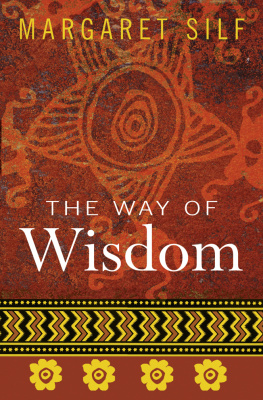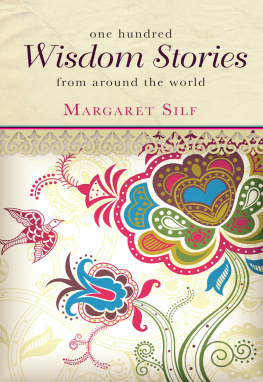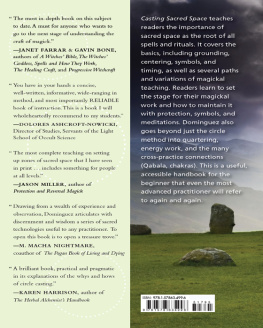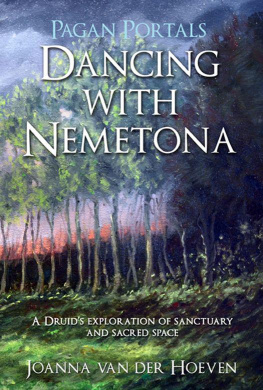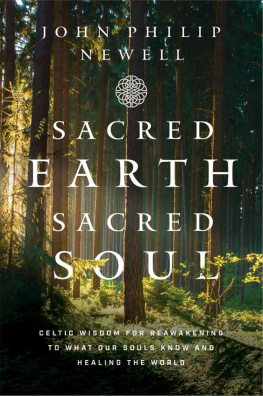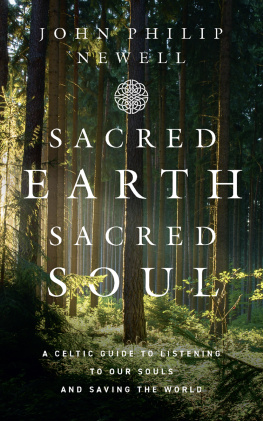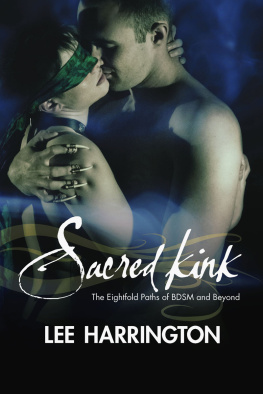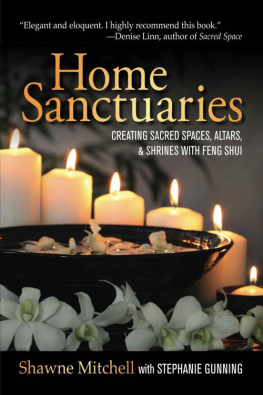

Text copyright 2014 Margaret Silf
This edition copyright 2014 Lion Hudson
The right of Margaret Silf to be identified as the author of this work has been asserted by her in accordance with the Copyright, Designs and Patents Act 1988. All rights reserved. No part of this publication may be reproduced or transmitted in any form or by any means, electronic or mechanical, including photocopy, recording, or any information storage and retrieval system, without permission in writing from the publisher.
Published by Lion Books
an imprint of
Lion Hudson plc
Wilkinson House, Jordan Hill Road,
Oxford OX2 8DR, England
www.lionhudson.com/lion
ISBN 978 0 7459 5651 0
e-ISBN 978 0 7459 5652 7
First edition 2002
A catalogue record for this book is available from the British Library
Cover image: Jim Richardson/National Geographic/Corbis
DEDICATED TO THE PEOPLE OF IRELAND
T he light of your love and forgiveness,
shining through the tears of our sorrow for
past wrongs, creates a rainbow bridge to span
the Irish Sea for ever.
SACRED SPACES
PREFACE TO THE SECOND EDITION

S ince this book was first published the world has been making its own way through very turbulent times. The events of 11th September 2001 changed everything for all of us, raising spectres of fear, distrust and revenge that just wont go away. Worldwide recession has called into question the whole basis of the way we do economics on this planet. And, not least, the exposure of misconduct and abuse in aspects of political and religious leadership has undermined the trust, and even the faith, of millions.
Against this backdrop, does our pilgrimage through sacred spaces still have meaning?
Picking our way carefully through the hazards of these challenging times, each of us has also been making our personal way. My own journey over the past decade has connected me to very many other pilgrims in different lands and cultures, from many faith traditions or from none. These encounters have convinced me beyond question that there is a deep and fervent longing for spiritual meaning in very many hearts today. Some of these searching hearts find a home in the traditions of organised religion. Some do not. But very few would deny that their pilgrimage through their life experience has meaning, in spite of, or perhaps because of , recent global events.
So, possibly more than ever before, the call to explore what is most holy within us and around us is strong and compelling. As we embark on the journey of the heart into which this book invites us, we are treading on holy ground which was there all along, before organised religion imposed its own structures. Holiness is in the very soil beneath our feet, in the air we breathe, in the mountains that raise our eyes and our hearts beyond ourselves, and the seas whose waves break afresh each day on the shores of our consciousness. This presence of the holy permeates our earth in ways that neither terrorist threat, nor economic collapse, nor political or ecclesiastical meltdown can undermine.
And perhaps there is nowhere on this planet where this is more deeply true than in Ireland, whose people have known so much suffering throughout their history, and yet have never lost their natural piety and sense of the sacred, or their welcoming hearts for all that is other, whether it is the mystery of God or the needs of the stranger. It is with great affection and profound gratitude that I dedicate this new edition of Sacred Spaces to Ireland and her people. May they continue to walk the ancient ways of the sacred in their midst, and be a beacon of integrity to us all.
Margaret Silf, November 2013
PROLOGUE
THE SPIRIT OF THE WAY
H umankind has lost its way. This sentiment surfaces frequently in our age, and more than ever today it does feel as though everything is falling apart around us not just in our personal crises, but, increasingly, in what feels like a shake-up of all our collective certainties. The structures that have held us more or less together in recent centuries no longer hold. National, cultural and religious identities are no longer absolute. Physics and mathematics are venturing into the same oceans of uncertainty. Ethics and morality are in a turmoil of contradictions and dilemmas.
So have we really lost our way? Or have we just mislaid it for a while? Has our way perhaps become buried underneath all the complications we have constructed on top of it?
This book is an invitation to explore a way a Celtic Way. If we burrow down into the earth of our human spiritual searching, we come across the traces of many ways. In Judaism, the children of Israel followed the way out of slavery, through the deserts of experience, to the Promised Land. In Islam the pilgrimage to Mecca is one of the five pillars of faith. The Buddhists seek the Way to Enlightenment. Chinese spirituality expresses the paradox of the journey in the Tao. The first Christians were known as the People of the Way, and Jesus identified himself as the Way. In contemporary physics too, the assumption of fixed certainty is giving way to an understanding of life as process, in which every part interacts with every other part, and everything profoundly affects everything else.
It seems, then, that in ancient as in modern times, the human heart has always been looking for a way. But a way to what? What are we actually looking for? Where or who is the destination? If we look back over several thousand years of organised religion we will find a plethora of answers some of them apparently very definitive to that question. We have defined heaven in almost as much detail as we have mapped out the earth. There are those who will tell us just how many mansions it contains and who may enter them, and precisely what we must do to get an entry permit.
The spirit of the Way will not allow us to pitch camp and stay for ever with these artificial certainties. The spirit of the Way is much simpler, and more challenging than that. The plants and animals and even our small children know, with a wisdom deeper than ours, that the Way is simply about growing and becoming whoever we really are, in the core of our being. It is about recognising the acorn in our hearts and trusting the process by which it will become an oak. It is about co-operating with that process of becoming, about keeping our feet on the earth of our own lived experience even as we reach out to the horizon beyond us. And it is about letting our own personal becoming be fully engaged with the evolution, physical, intellectual and spiritual, of the whole of creation.
This book is written in the spirit of the Way. It follows a path that was walked by one branch of the human family, in the Celtic regions, in the early centuries after the life of Christ, but it also resonates with, and reveres, the spiritual quest of all humankind since life on earth began. Institutional Christianity has built many a solid edifice on top of this path, but not so much as to obliterate its traces. Now, as some of those edifices are starting to break down, more and more spiritual journeyers are seeking out these neglected pathways, and discovering, in joy, that they are ways that can be trusted, ways of deep simplicity that truly lead them closer to the heart of themselves and the heart of creation.
Next page
